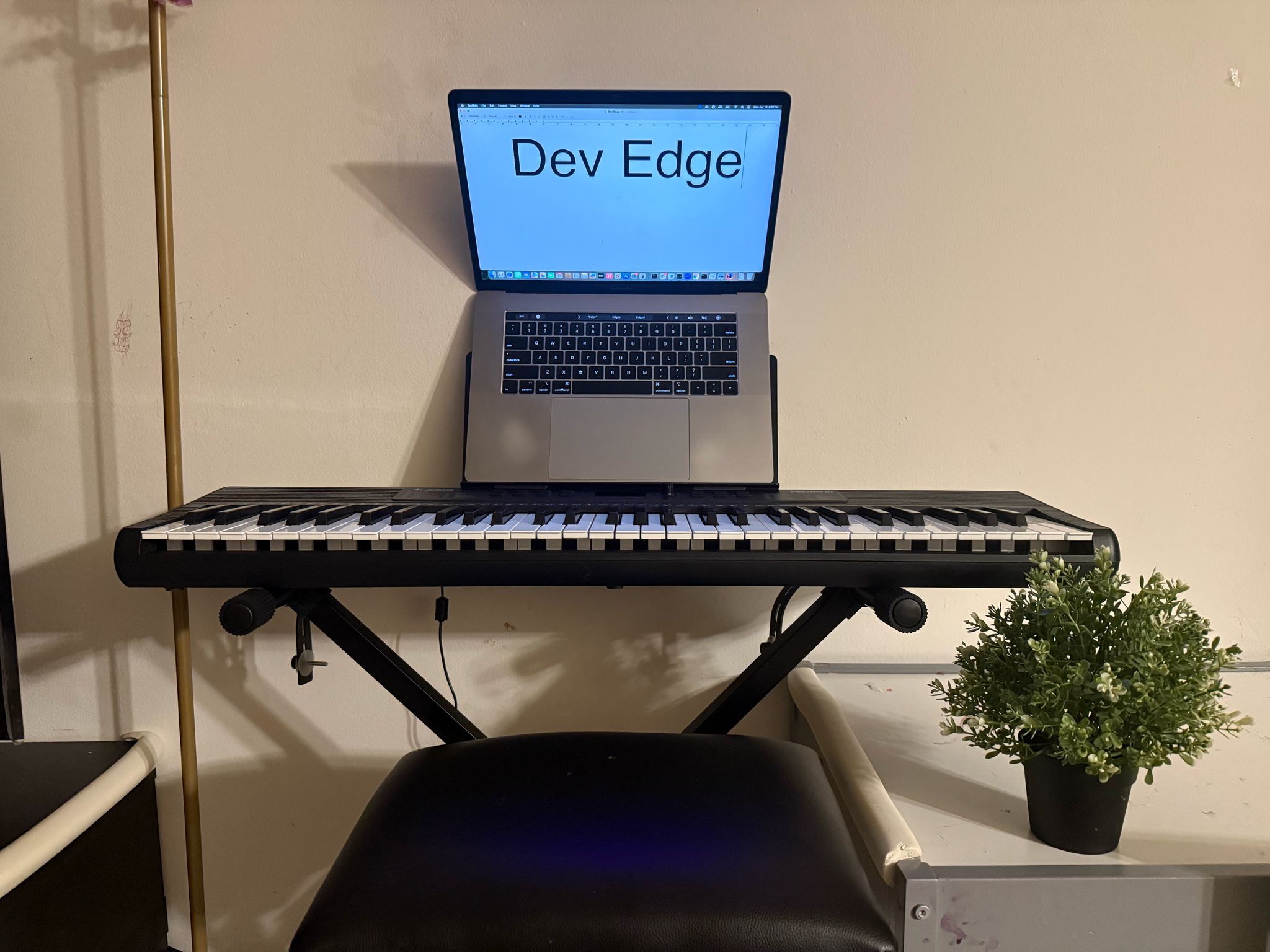Remember when “coding” somewhat meant spending hours browsing through Stack Overflow, getting tempted to try the low-hanging fruit, and getting stuff done. Still there were thusands reasons to get into doubt mode just becase we copied and took reference. Well! Now it has taken a serious turn with the term Vibe Coding!!
Reference: Reddit
The term “vibe coding” was coined in February 2025 by Andrej Karpathy, one of the founders of OpenAI.
These days, it’s the same term devs are using to describe a new style of building software: prompt-based, LLM-assisted, iterative coding. You write a prompt, get some code back, test it, refine it, and prompt again until it works. It’s fast, fluid, and honestly kind of addicting.
Think of it as a low-latency feedback loop between your brain and the codebase, with an LLM acting as your rubber duck, pair programmer, and code monkey all in one.
Why Vibe Coding Feels Addictive?
1. You Ship Faster
For well-scoped features or boilerplate-heavy tasks, you can go from idea to running code in minutes. The speed is unreal, especially if you’re familiar with how to craft the right prompt.
2. You Stay in Flow
Instead of switching to Stack Overflow or docs every 5 minutes, you stay in the IDE. LLMs like Copilot Chat or GPT plugins are right there. It’s like coding in an assisted reality — fewer distractions, more results.
3. Great for Prototypes and Internal Tools
If it doesn’t need to be perfect right away, LLM-powered Vibe coding is gold. Need to spin up a CRUD app or integrate an API? Prompt your way there. Tweak the output until it runs. Done.
4. You’re Never Really Stuck
Instead of spending 2 hours debugging that one obscure error, you can just describe the problem and let the LLM suggest five ways to fix it. It’s like Google search on steroids.
5. Even Non-Devs Can Join the Party
I’ve seen product managers and designers prompt their way into working scripts or logic flows. It democratizes coding in a weird but exciting way.
The Tradeoffs: Where Vibe Coding Falls Short
1. You Still Need to Know What You’re Doing
If you don’t understand the code you’re generating, you’re flying blind. LLMs can give you 80% of the solution, but the last 20% still requires engineering judgment — and sometimes, that’s the hardest part.
2. Debugging AI Code Can Be a Nightmare
The code looks clean, but fails silently. Or worse — it works, but does something wrong under the hood. I’ve lost hours trying to untangle hallucinated logic that “sounded right.”
3. Version Control Gets Messy
Lots of small, auto-generated changes without clear commits can clutter your Git history fast. Without discipline, you’ll end up with a spaghetti repo and no idea where bugs were introduced.
4. Easy to Over-Rely
It’s tempting to keep prompting until the code “just works.” But this can become a crutch. You start losing touch with fundamentals and stop thinking critically about architecture and edge cases.
5. Doesn’t Replace Deep Engineering
LLMs are awesome for scaffolding, glue code, or repetitive tasks — but they still can’t replace system design, security thinking, or performance optimization. Yet.
1. IP and Data Leakage Concerns
Sending proprietary prompts or code to a cloud-based LLM? That makes legal and security teams nervous, especially in finance, healthcare, or anything regulated.
2. It’s Hard to Audit or Justify
Who wrote this function? You or GPT? When you’re being audited or doing code reviews, AI-generated code raises questions. Especially when there’s no clear authorship or traceability.
3. QA and Compliance Bottlenecks
Just because a feature “works” doesn’t mean it meets enterprise quality standards. LLM code might not follow internal patterns, naming conventions, or security practices, making more work for QA.
4. Dev Teams Still Need Structure
Too much prompt-hacking without architectural discipline leads to technical debt. Enterprises care about maintainability. Vibe coding can drift fast if no one’s watching the bigger picture.
5. Fear of the Unknown
Let’s be real — a lot of senior leadership still sees LLMs as toys or risk factors. Until there are more education, success stories, and clear ROI, adoption will lag.
🚀 When & Where It Works Best
Vibe coding with LLMs absolutely shines in:
- Startups and indie devs building fast
- Internal tooling teams
- Hackathons and MVP sprints
- Solo projects or side hustles
- Docs-heavy environments (e.g., writing tests, boilerplate, configs)
Thoughts
Vibe coding — as in prompt-driven, AI-assisted development — is here to stay. It’s changing how we write software, and for the most part, it’s changing it for the better.
But it’s not a silver bullet. It won’t replace your experience, your instincts, or your understanding of the problem. It’s a tool. And like any tool, it depends on how you wield it.
If you’re using LLMs to build faster, smarter, cleaner — great. But don’t stop thinking like an engineer just because the code came from a prompt.
Curious how to introduce AI workflows into your team without setting off alarm bells? Let’s talk in the comments.
Manish Mishra is a Sr Tech Lead at Nashtech.
Connect Me @ LinkedIn
